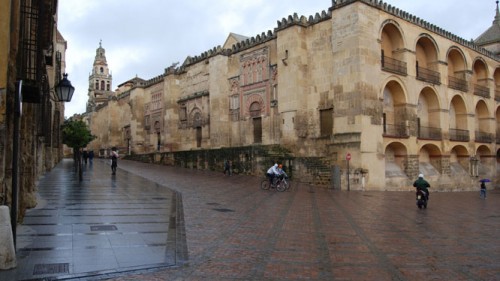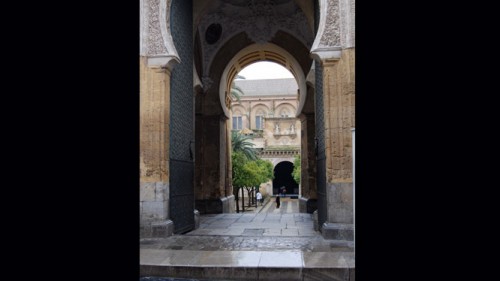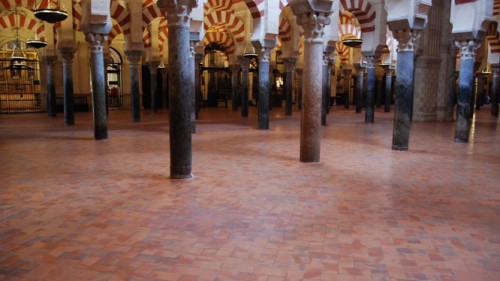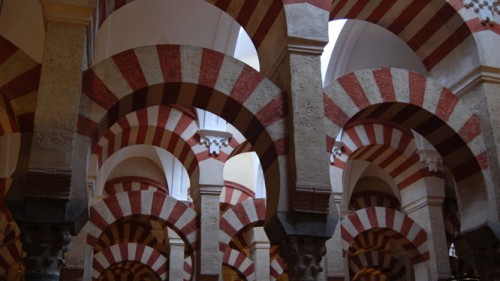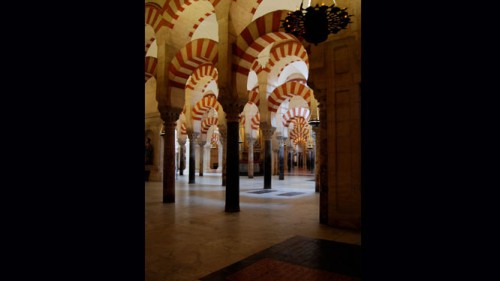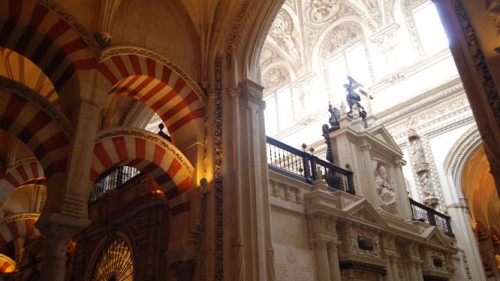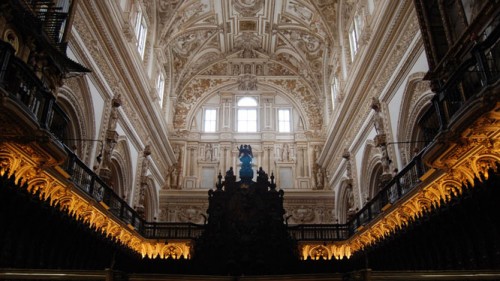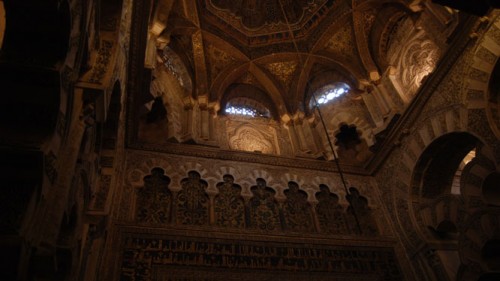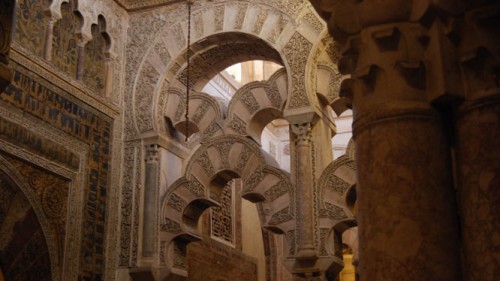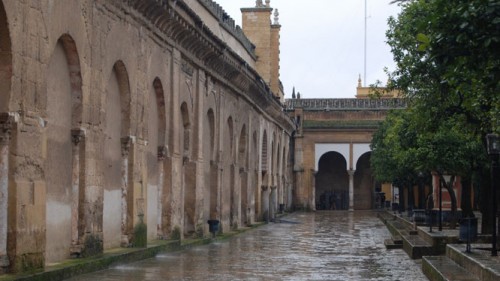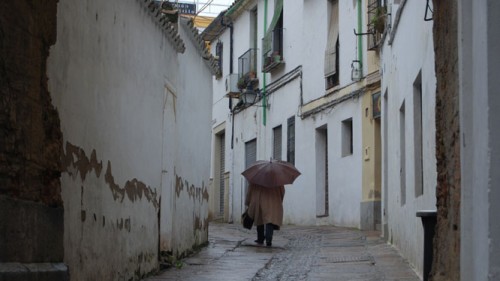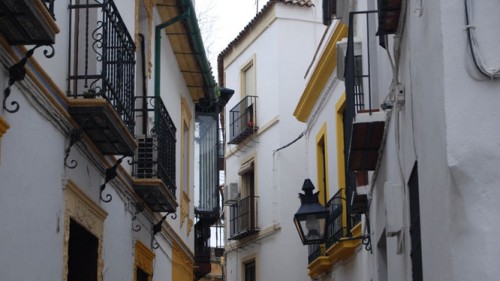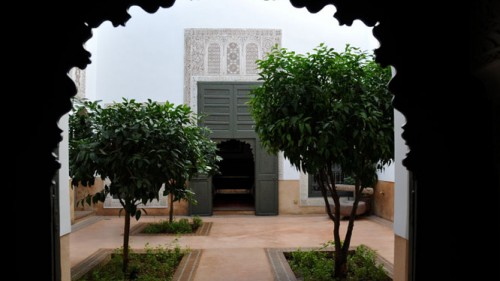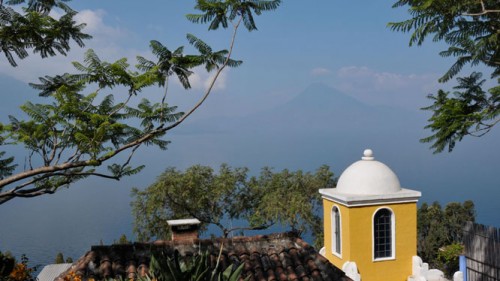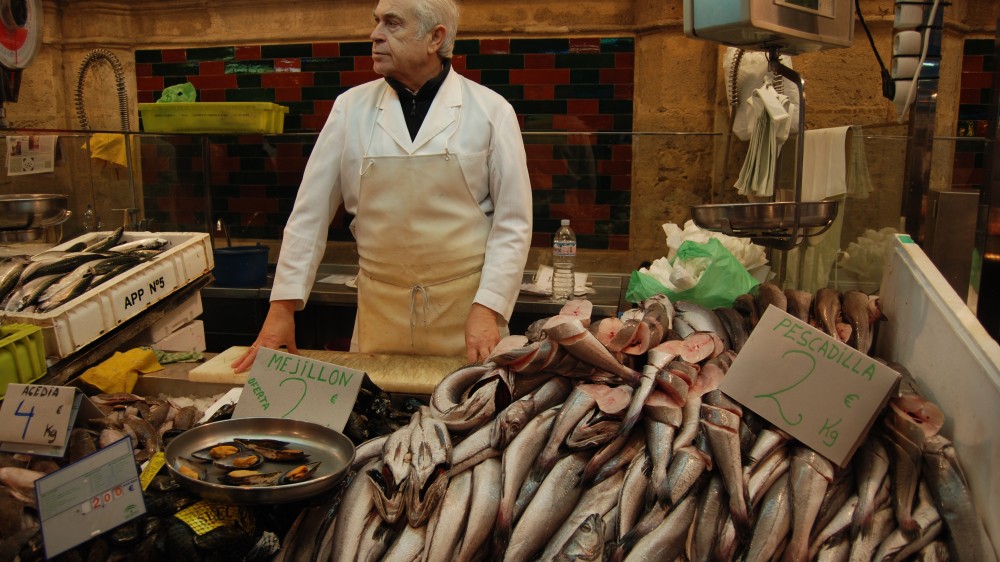The Layer Cake of Córdoba
“You have destroyed something unique, to create something commonplace,” said Charles V, when his bishops crashed a Gothic cathedral right into the middle of Cordoba’s amazing 8C Mosque. The result was an amazing layer cake of Spanish historical flavour.
I’m on a jaunt around Andalucia, getting to grips with the ebb and flow of Christian and Muslim influence in the region (and eating a lot of ham). Both sides seem to have washed like tides up and down Spain, but instead of sweeping away all the sand-castles, they’ve left fingerprints all over the scene—in the music, the art, the architecture, and the vocab.
Here in Córdoba, the back and forth is expressed with perfect diction in the famous Mezquita—the cathedral/mosque that has served as the city’s religious seat for over 1200 years. First it was a Visigoth church; then that was razed by Abd Ar-Rahman in the 8th century to make way for a mosque—reusing Roman and Visigothic pillars in an unexpected fit of thriftiness (or a declaration of conquest). In the next few centuries, the building was enlarged under Muslim rule until it contained a veritable Narnia of pillars and aisles, not to mention some Magic Roundabout mosaics, archways and inscriptions in gold.
In the 13C the Christians turfed up again, and adapted a few small areas within the mosque for use as chapels for Christian worship. So far, so unassuming. Until the 16C, when they needed a bigger garage, so to speak, and literally shoe-horned a massive gothic cathedral right into the centre of the mosque, replacing columns with a huge apse, and geometric simplicity with fiddle-de-dee. In subsequent centuries, various bishops and their architects did their best to make it look like a giant wedding cake, and now you have what stands today—an amazing mis-match of architecture that ranges from the sublimely simple to the equivalent of the speed-guitar solo, from every century since the fall of the Roman Empire. It’s like a roast chicken in a bed of M&Ms.
I’ve made it sound boring—it’s not. It’s stunning to wander around a building with such visible traces of time. It’s amazing to see the different orders and religions alongside each other, and I’ve tried to capture this in a few photographs. Indeed, the cathedral area mostly receives light from the outside, while the original mosque areas are lit by bulb, with the effect that, walking in, you see the white glow of the cathedral’s high space, within a low dark orange nest held up by the pillars of the old mosque.
Tomorrow I leave for Ubeda, and thence to Granada and onwards, to see what I can see. This was the perfect beginning to a circuit around Andalucia. I could write reams more, but there are tapas bars to be tapped, and flamenco to be listened to (provided of course that I clap in time).
Jack Dancy is eating layer cakes made of ham as he works his way through Andalucia this month.
